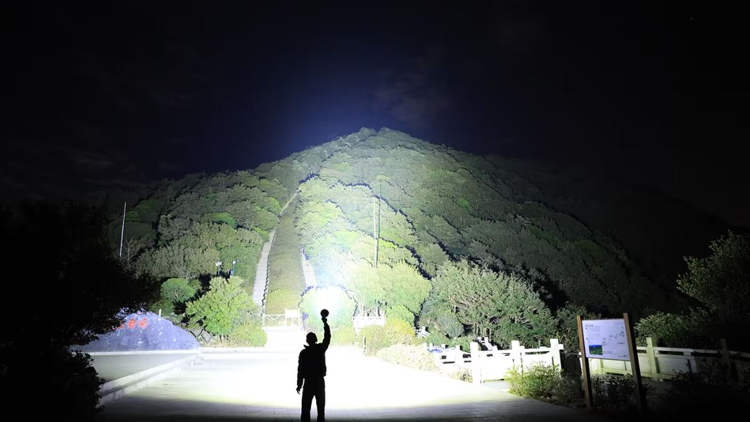Malaysian-born artist Cheeming Boey uses a simple sharpie pen to turn simple Styrofoam cups into unique works of art that sell for hundreds, even thousands of dollars.
Styrofoam cups don’t usually attract a lot of attention, unless they’re mentioned in discussions about environment pollution. They’re cheap and disposable, so no one really cares about them. Neither did Cheeming Boey, until six years ago, when he discovered they could be used as an original canvas for his sharpie doodles. He was in little coffee shop, in Irvine, California, when he got the urge to draw, but found himself without a piece of paper. So he just grabbed a Styrofoam cup from the trash can and unleashed his artistic talent. The result surprised Boey himself, and the artist immediately realized he was up to something.




















